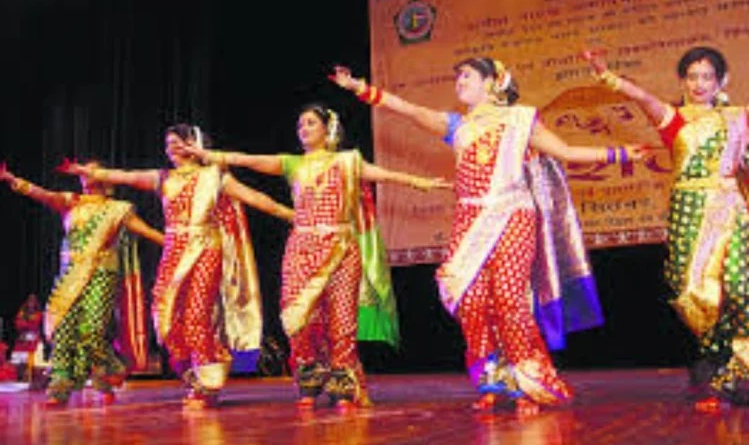International Dance Day 2020: Women sacrifice their whole life for this dance…
International Dance Day 2020: Women sacrifice their whole life for this dance but do not get honor in the society
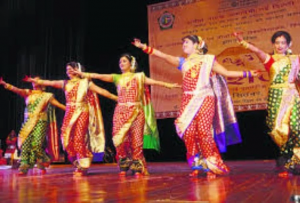
Dance is a genre through which people express their thoughts and feelings. Even if one day is dedicated to dance as dance day. But people use dance to express their art and culture in every nook and corner of India. But there is one such dance in this country which is done in terms of entertainment but it is not recognized in the society. Lavani dance is known as the folk dance of Maharashtra. Which only women do. Although these women are not seen well in the society.
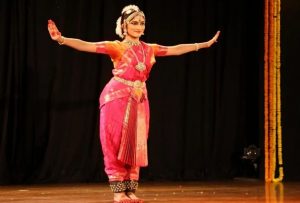
Even though dance dancers like Kathak, Bharatanatyam, Kuchipudi are viewed with respect. But in the same India, dancers performing lavani did not get the place in the society that other dancers get. Lavani is a part of the folk theater style spectacle of Maharashtra which is performed only by women. To perform these dances, the women dress in traditional saris nine yards long. Which is done very fast on the beat of dholak.
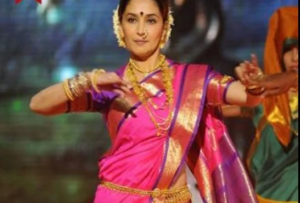
Since ancient times, this dance has been performed by women of particular caste. The major castes of which were Kolhati and Mahar. These women did not have a high position in society. There was no acceptance of these women being bound in marriage even though they could form a relationship with a man. In this way, these women in the society were forced to dedicate their entire life to this dance and for generations, women of particular caste used to perform Lavani dance.
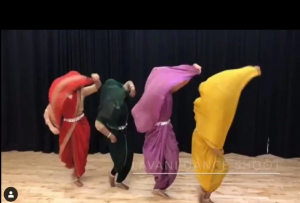
At the same time, the Kolhati caste, who have done this dance for generations, believes that they dedicate their whole life to this dance. But if the women of this caste get married, then their attention will be diverted from their practice i.e. dance and they will settle in the worldly life. That is why motherhood prevails in this society. To further the family, the birth of daughters in the society is celebrated and she is taught the nuances of this dance.
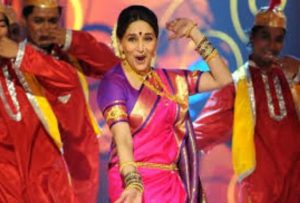
This dance from the 17th century was first performed in the court of the Peshwas. Women were protected by these Peshwas and their livelihood was carried through entertainment in the Peshwas court through this dance. But after Peshwa’s reign came to an end, she began to pursue it through folk theater style like Tamasha for her Gujar Basar.

